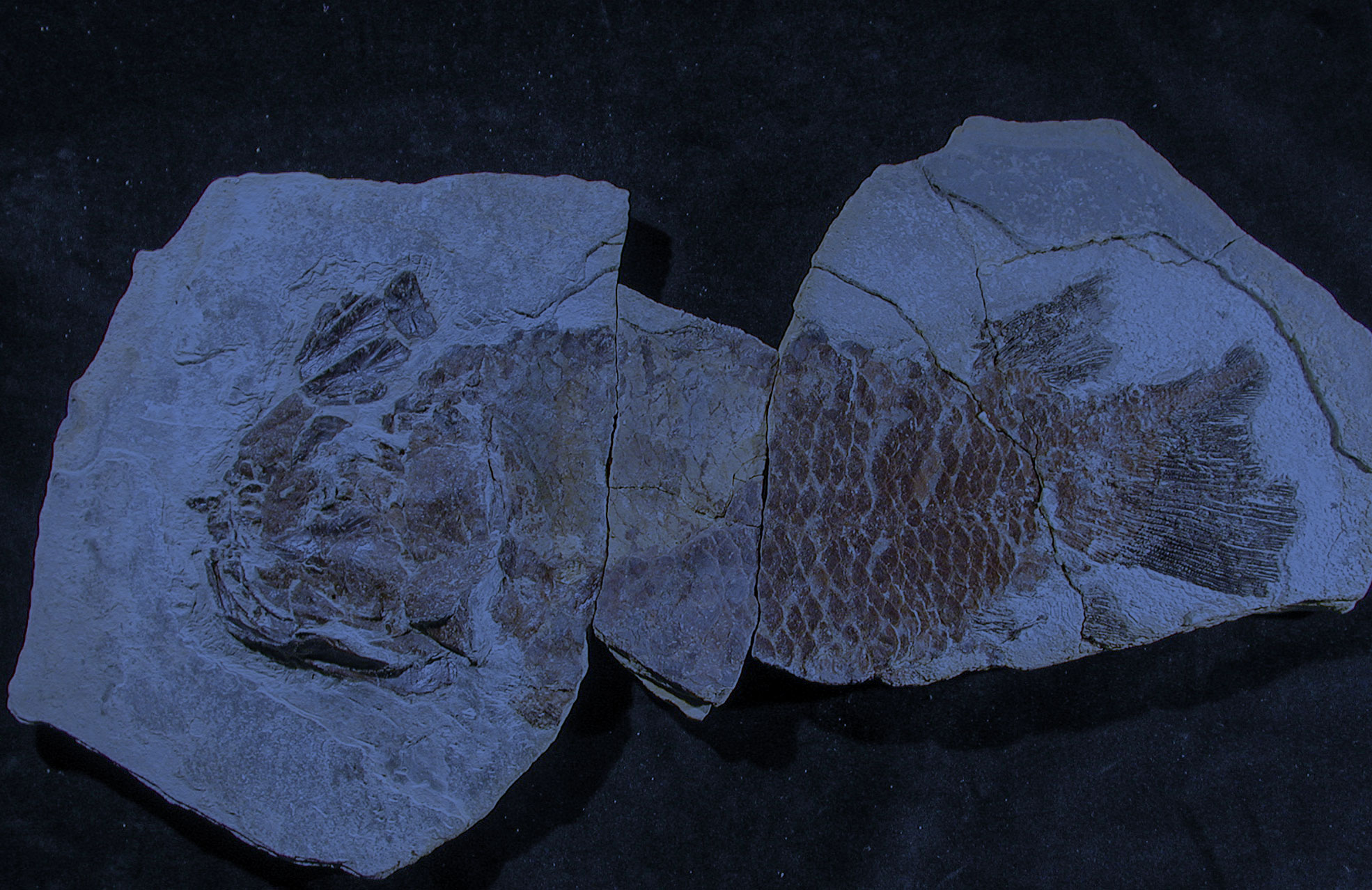
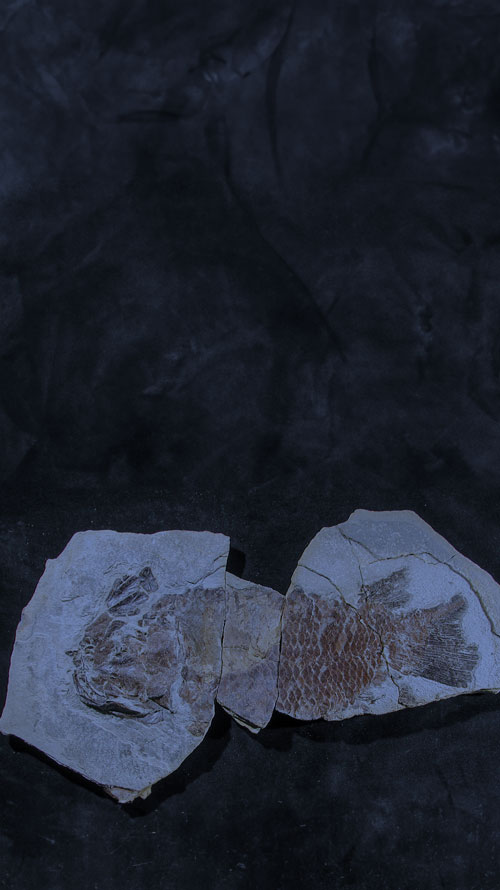

About our logo
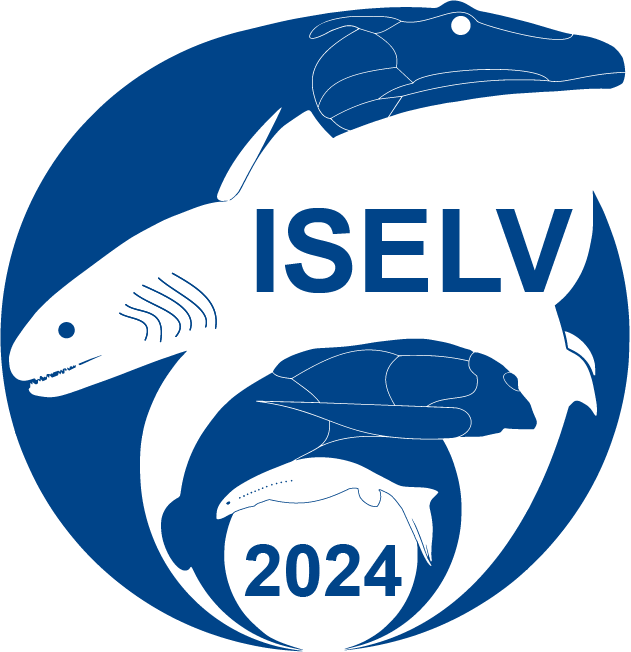
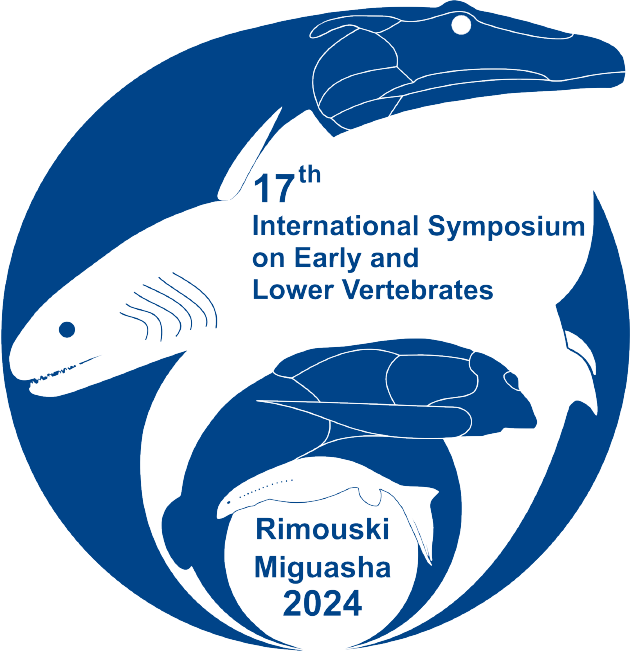
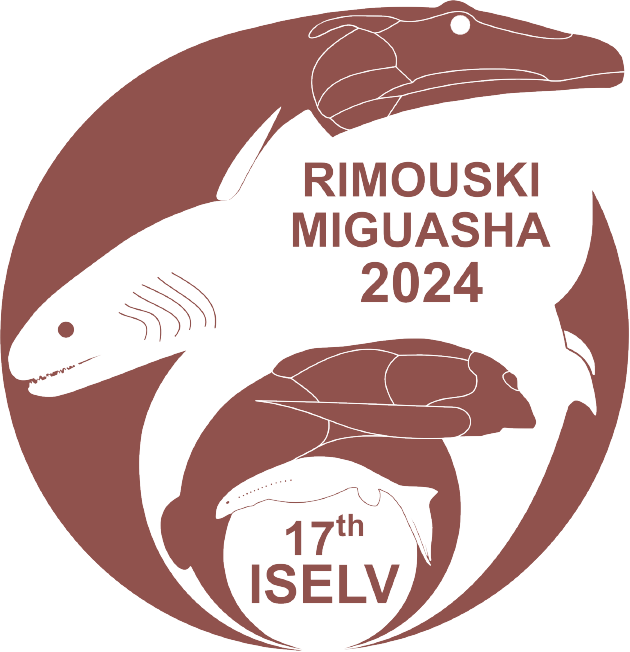
Designed by Richard Flament, PhD student in the Laboratoire de Paléontologie et Biologie évolutive, Université du Québec à Rimouski. The 17th ISELV logo incorporates iconic fossils from the Escuminac Formation of Miguasha and Atholville Beds of Atholville. Two logos are colored either in bleu or in ochre: bleu is the official color of the Université du Québec à Rimouski, and reddish ochre is based on the color of the Carboniferous Bonaventure Conglomerates that overly in disconformity the Escuminac Formation and that corresponds to the name Miguasha in Mi’kmaq, the First Nations people that occupy the territory in the Gaspé Peninsula for four thousand years.
From bottom to top, in a phylogenetic order, you can find the anaspid Euphanerops longaevus, the placoderm Bothriolepis canadensis, the chondrichthyan Doliodus latispinosus, and the tetrapod Elpistostege watsoni.
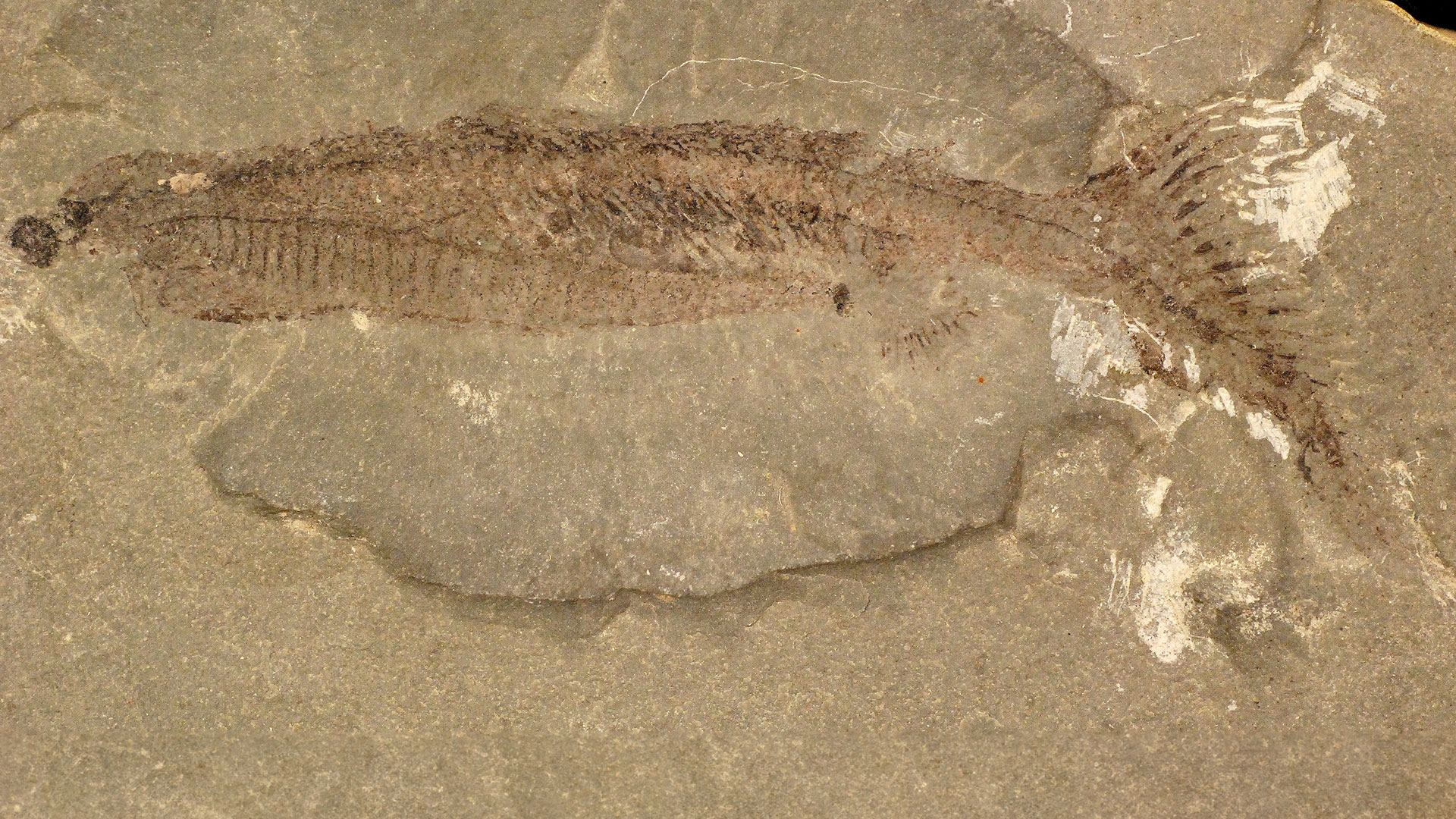
Euphanerops longaevus
The middle Frasnian anaspid Euphanerops longaevus is one of the most basal vertebrates found in the Escuminac Formation. Originally, Euphanerops was thought to be known only from a few specimens, but recently many hundreds of larval and juvenile specimens have been reidentified. The reconstruction is based on Chevrinais et al. (2023).
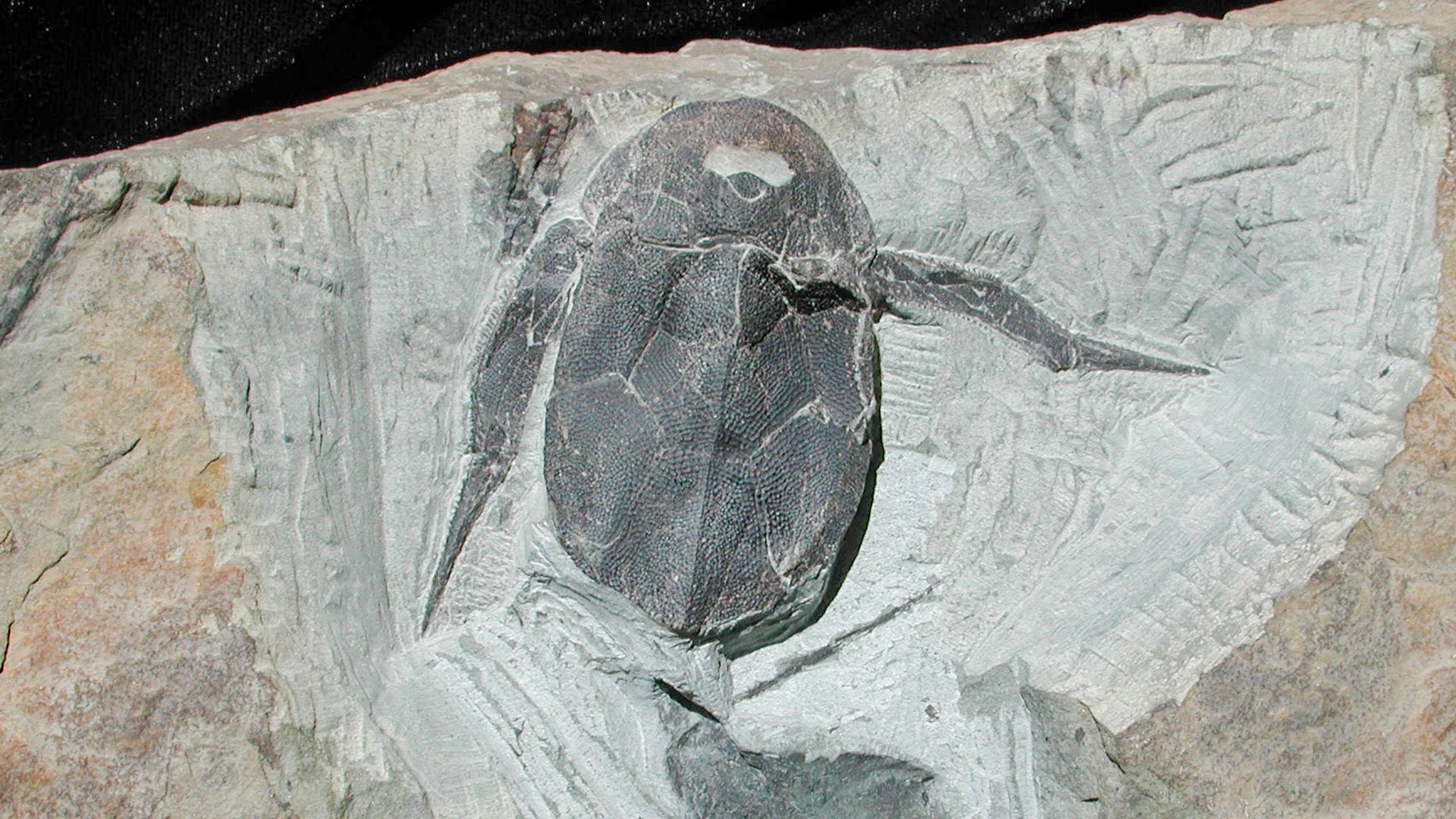
Bothriolepis canadensis
The middle Frasnian antiarch Bothriolepis canadensis is one of the most iconic fossils from the Escuminac Formation. The collections of the parc national de Miguasha hold more than 3000 specimens of B. canadensis. Bothriolepis canadensis (then Pterichthys canadensis) is the first fish species to have been described from Miguasha by the Canadian paleontologist J. F. Whiteaves in 1880. The reconstruction is based on Béchard et al. (2014).
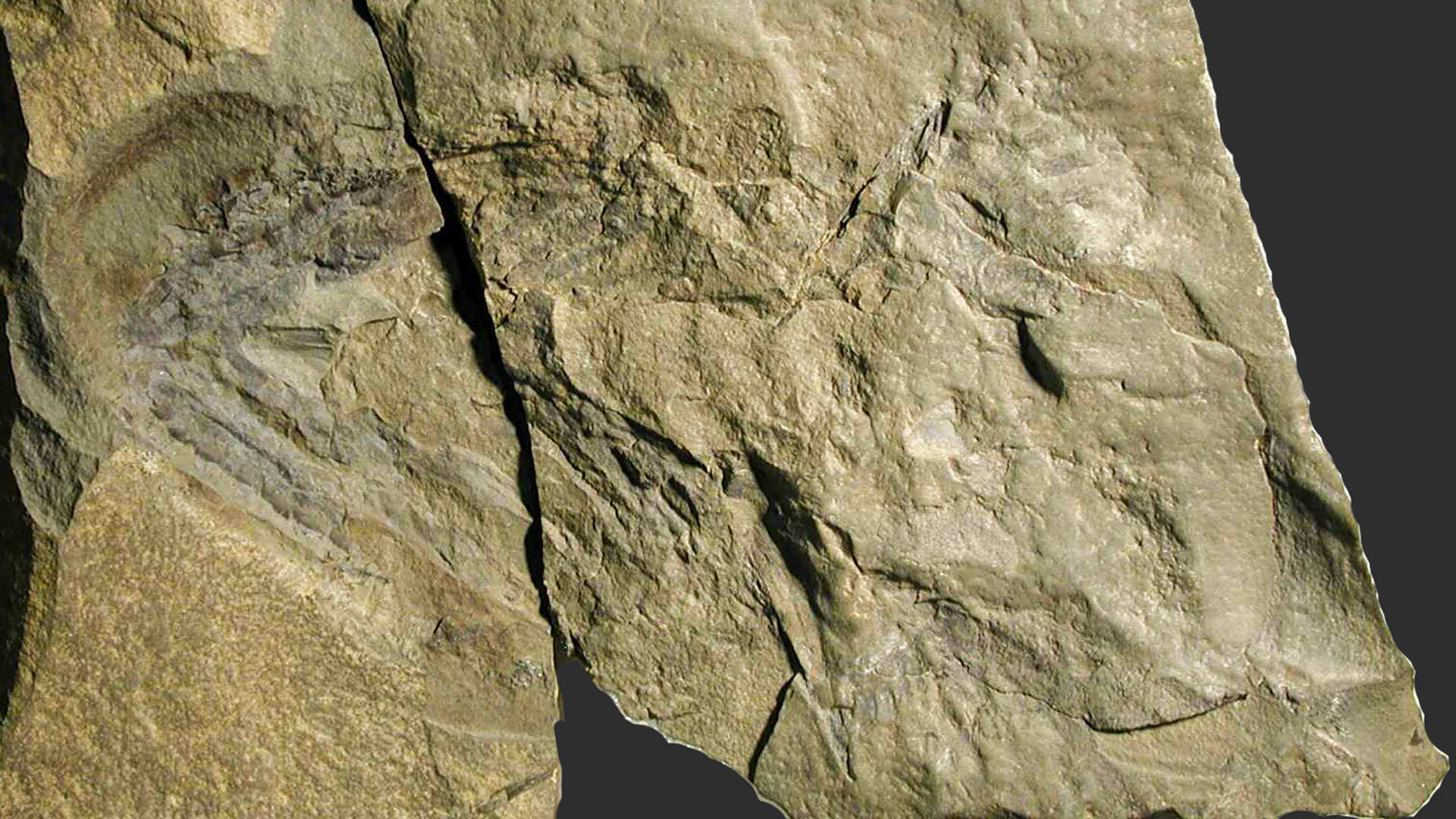
Doliodus latispinosus
The Early Devonian Doliodus latispinosus was found in the Atholville Beds of the Campbellton Formation in New Brunswick. A tooth of Doliodus was among the earliest fossils to be found in Atholville in 1881. In 1893, the Scottish paleontologist R. H. Traquair described for the first time Doliodus problematicus. It is the oldest articulated chondrichthyan known. The reconstruction is based on Miller et al. (2003).
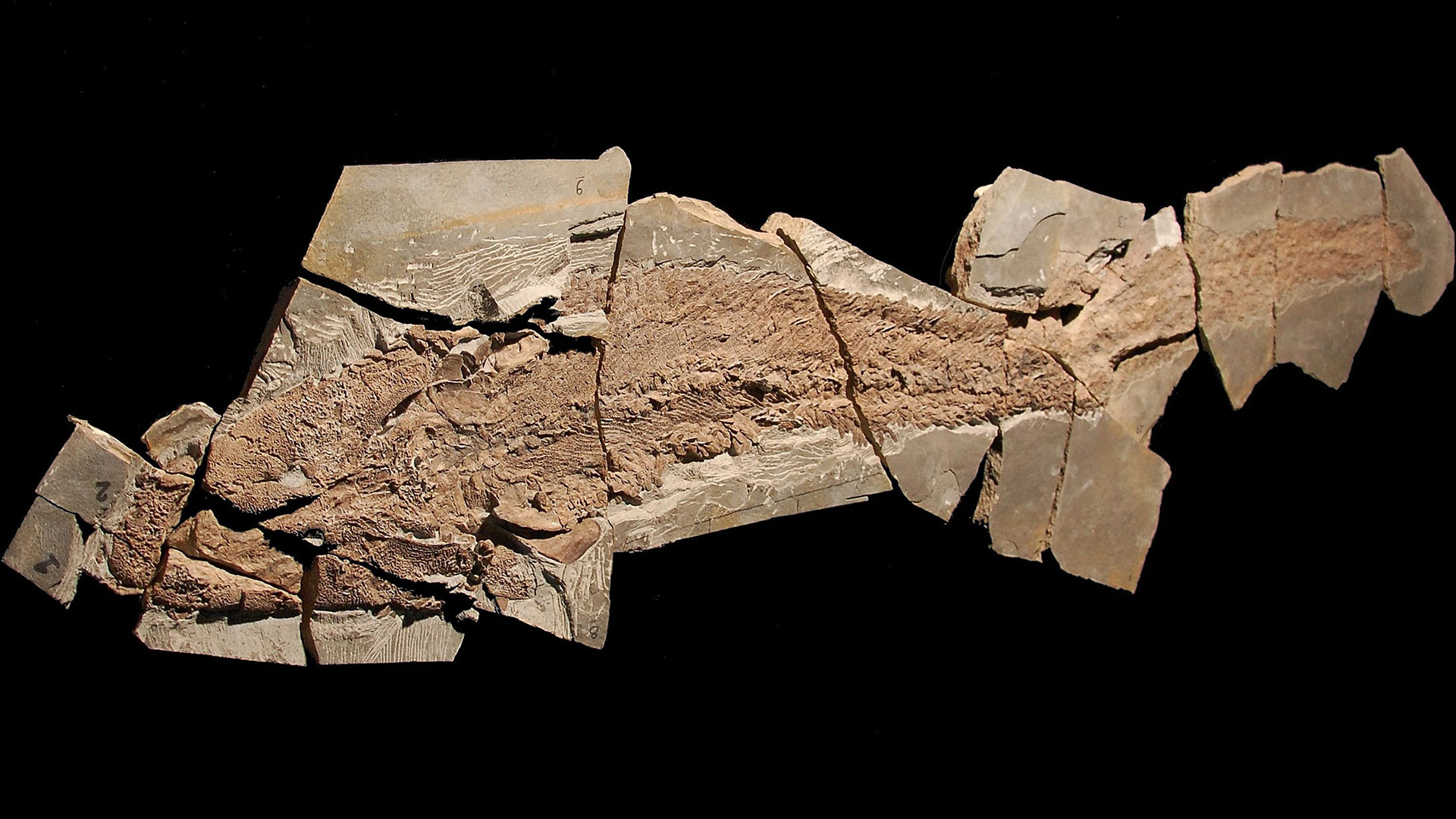
Elpistostege watsoni
The middle Frasnian tetrapod (or transitional elpistostegalian) Elpistostege watsoni from the Escuminac Formation. Elpistostege is the first vertebrates with digits. Ten years ago, a complete specimen was excavated in the Escuminac Formation. Elpistostege is the most complete elpistostegalian known. The reconstruction is based on Cloutier et al. (2020).
There is another species hidden in the logo… Who will find it!